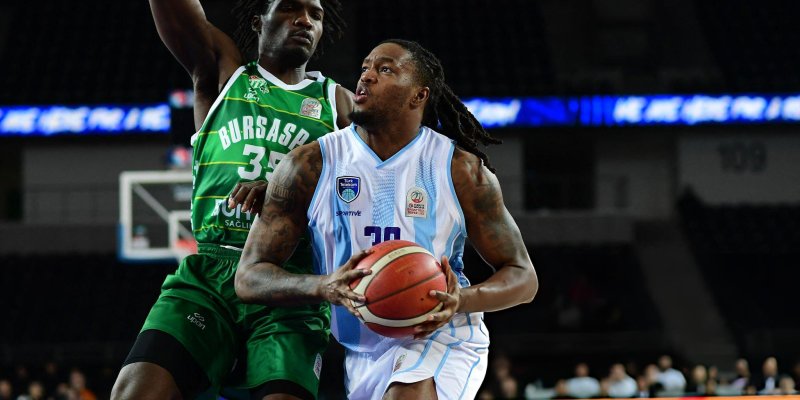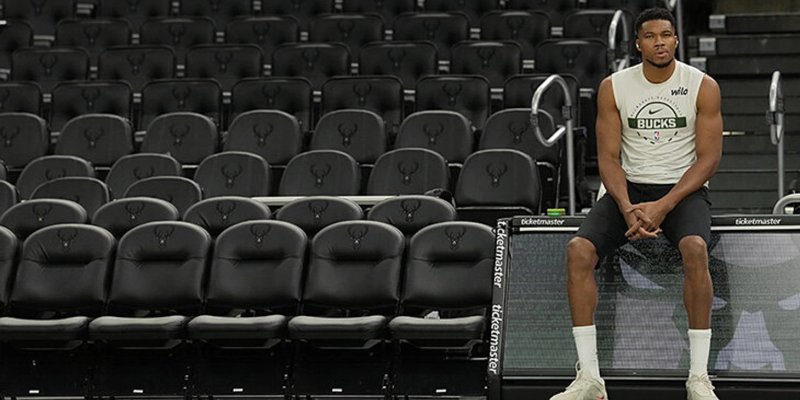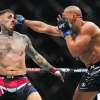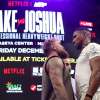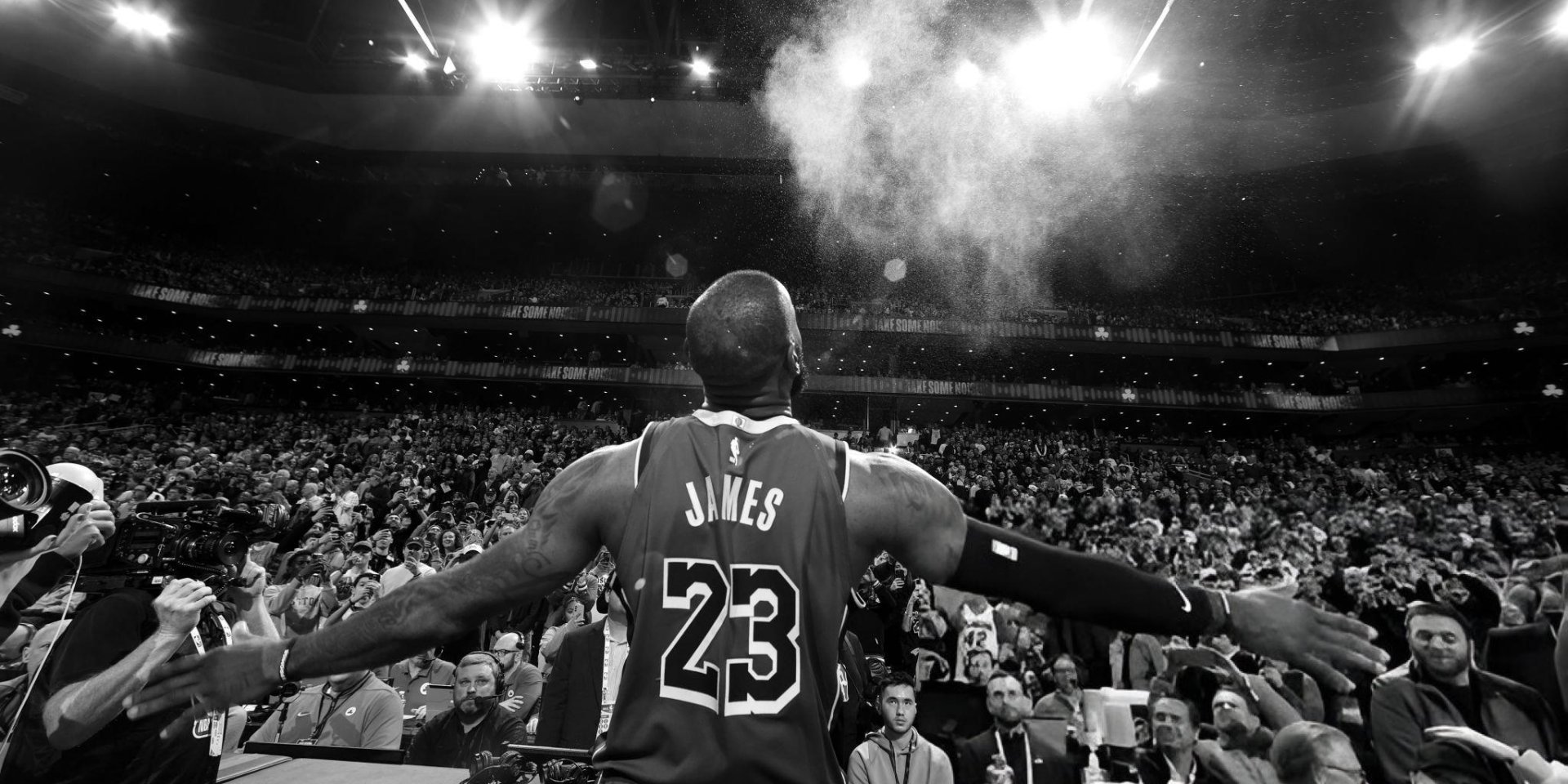
Every basketball offseason is called “the hottest in history,” yet summer 2025 truly stood apart. For the first time in two decades the hoops world is watching LeBron James — a perpetual magnet for cameras and general managers — cease to be the franchise’s primary focus. The Lakers’ galactic orbit has shifted toward a new center of gravity, and that turn has laid bare many hidden contradictions that had been building up between the legend and the club.
The King’s Pressure: Player Option and Missed Targets
The Hall-of-Fame-bound forward triggered his $52.6 million player option and, as usual, turned up the heat. Through agent Rich Paul the veteran made it clear: the team must balance winning “right now” with laying foundations for the future. For the front office this message was nothing new: James has spent years using public hints to keep executives jumpy on the market.
The trouble is that the king’s levers of influence are now rusted. While his agent artfully fanned intrigue about possible talks with other clubs, the Lakers were losing free agents. Center Brook Lopez chose not to wait for a resolution and signed next door with the Clippers, and Los Angeles hurried to plug the gap, overpaying Deandre Ayton. For the first time the front office showed that patience is not infinite and LeBron’s supposed “trade possibility” is no reason to derail a long-term plan.
A New Face of the Franchise: The Dončić Effect
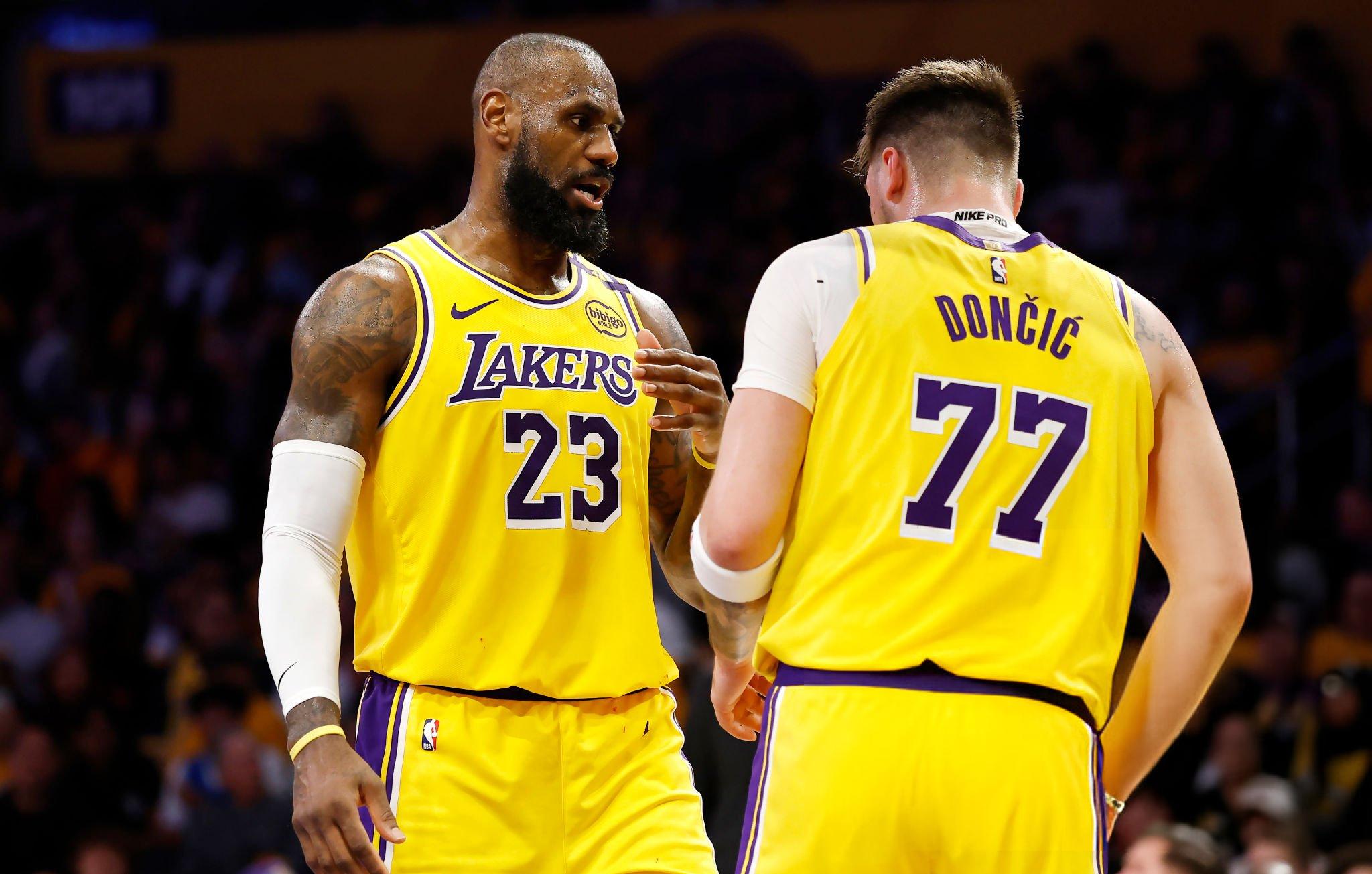
The turning point was a deal that sent Anthony Davis out and brought Luka Dončić to Hollywood. The Slovenian phenom instantly secured “player of the future” status, and the club, still catching its breath after the trade, began to build its program around him. A key detail: insiders say LeBron was the last to learn about the trade. For a man accustomed to approving every organizational move, it felt almost insulting.
The contrast was obvious: Dončić received a dedicated presentation, a promised upgrade of the training facility, and a personal analytics staff. LeBron, meanwhile, was told bluntly that a multiyear extension was off the table — at best one more season as a high-priced veteran. The Lakers are no longer willing to mortgage the future for the comfort of a 40-year-old forward, even one who made the All-NBA Second Team in 2024/25.
A Cold Reception in the Executive Suite
Fuel was added to the fire by news of an impending sale of the controlling stake to Mark Walter. At a dinner where the new owner discussed strategy with GM Rob Pelinka, head coach JJ Redick, and Dončić himself, LeBron was left off the guest list. The media pounced on the storyline: an icon waiting outside the door while his fate is decided.
Soon afterward a curious statistic surfaced: James is one of only two NBA players with a full no-trade clause (the other, Bradley Beal, is playing out his deal in Phoenix). Formally the Lakers cannot send the king elsewhere without his signature, but they do not plan to stand idle either. A scenario in which LeBron personally initiates a trade to Dallas, Golden State, or even back to Cleveland no longer seems outlandish — everything depends on those clubs’ willingness to clear cap space and sacrifice young role players.
Lessons From the Past: When Legends Lose the Throne
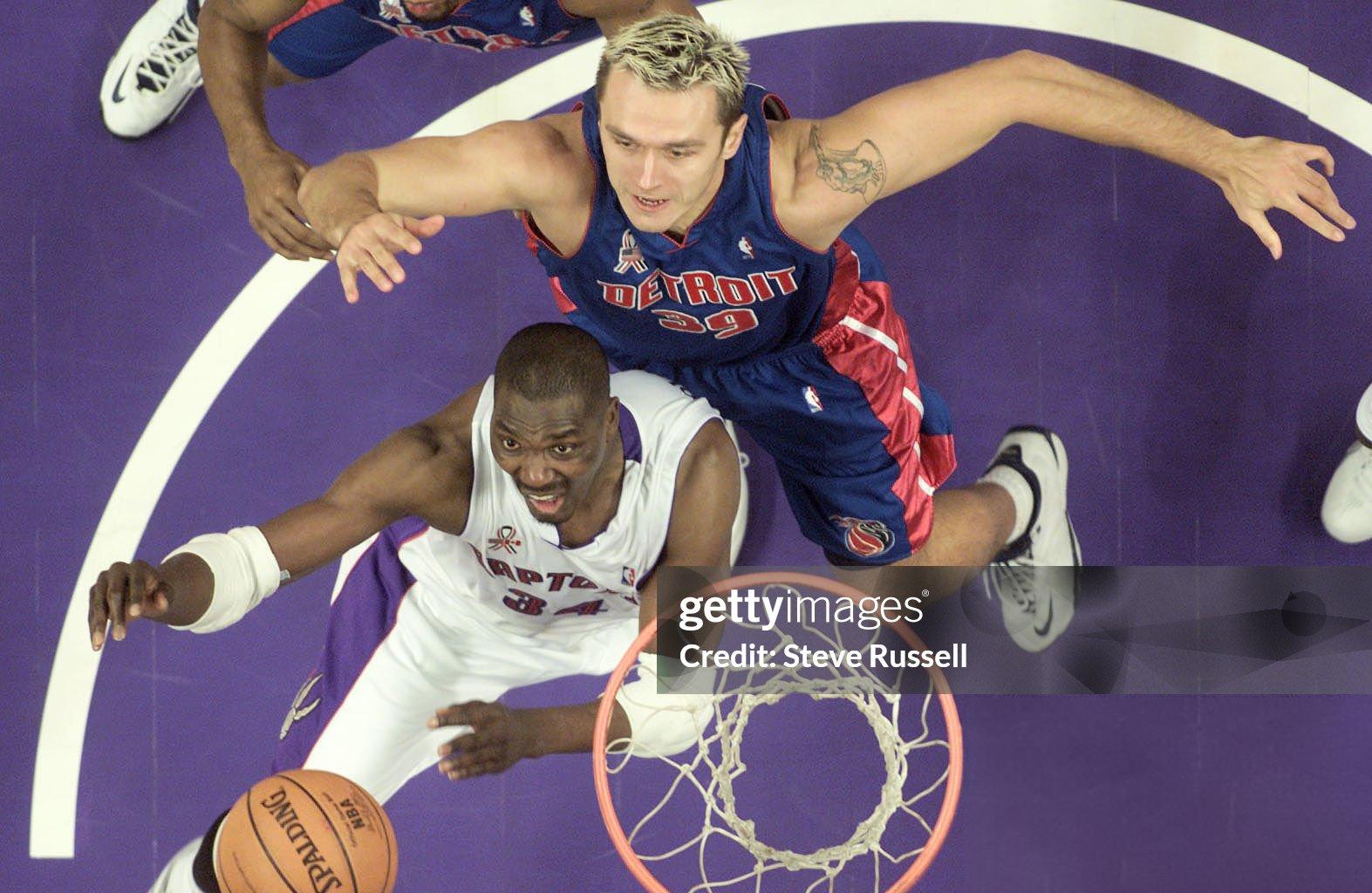
Basketball has seen plenty of giants forced to accept a new order. Hakeem Olajuwon sought a second wind in Toronto, Shaq left Los Angeles amid the rumble of conflict with Kobe, and Kareem Abdul-Jabbar calmly ceded the spotlight to Magic in exchange for rings. All shared a familiar script: either the team let the veteran exit gracefully, or quietly moved him into a mentoring role.
LeBron’s case is different. He is not “one of us” for the Lakers the way Duncan is for the Spurs or Bryant for the same California franchise. James built his career as a roaming brand: first Cleveland — Miami — back to Cleveland, then Los Angeles for media assets and business. Thus, when the Lakers pivoted to Dončić, they felt no moral obligation to preserve the old hierarchy.
Is There Room for the King in the New Era?
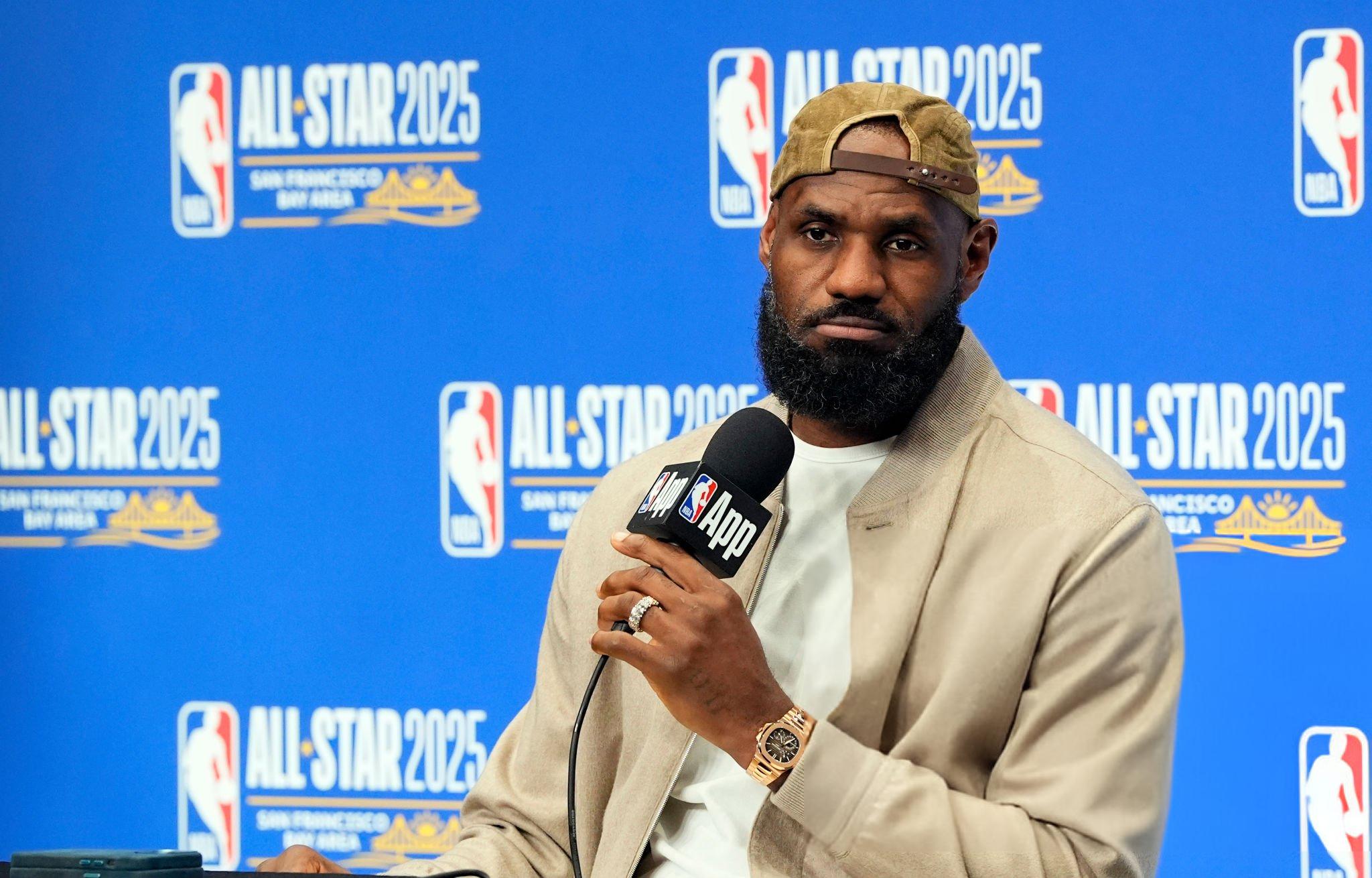
From a purely basketball standpoint LeBron remains a universal athlete: he slices defenses with pick-and-rolls, sees the floor like a director, and punishes switches in the low post. Any contender would improve instantly with that IQ and experience. The question is whether a roster can withstand the size of his shadow off the court. Every pause before a microphone becomes morning-show fodder, and cryptic social-media posts explode into headlines.
For now the intrigue will smolder. Las Vegas camp and the autumn media days will show whether James will accept a second-fiddle role or demand a new stage where the spotlight once again belongs to him. Either way, the 2025 offseason marked the point where the image of an all-powerful king first cracked. Which means ahead lies either the final act of a great dynasty or a grand comeback in another city — perhaps a last gift to Ohio fans or a daring run for a fifth ring alongside yet another young prodigy.
One thing is clear: even amid new stars and billion-dollar deals LeBron remains the NBA’s main storyline. Only now it is a story about how empires fall — and what chance the monarch has to rebuild from scratch.

